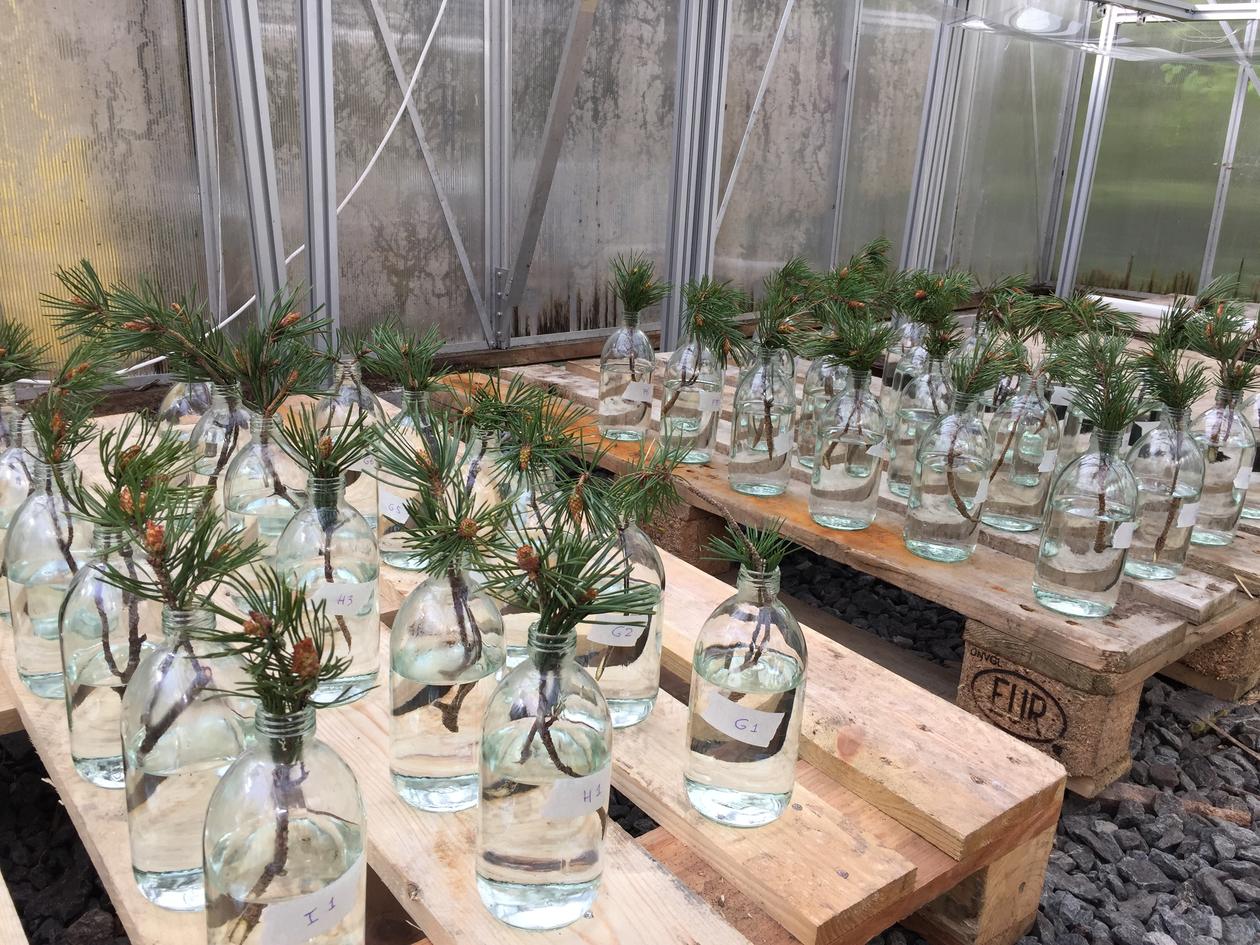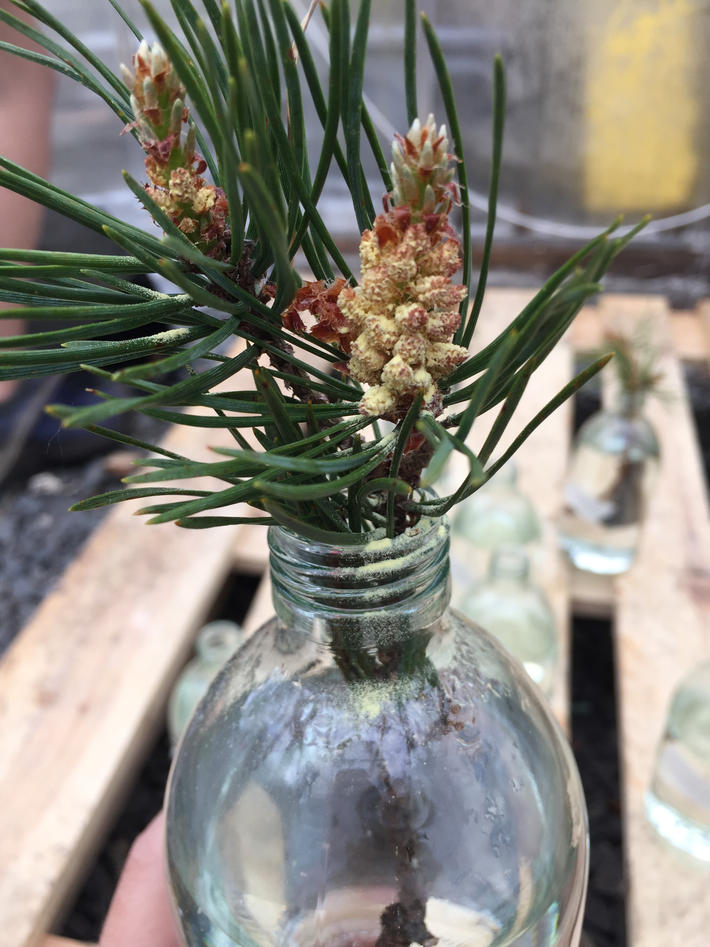Chemical variations in pine pollen in response to UV-B radiation
The PalaeoChem Research Group at UiB investigates how biodiversity has responded to environmental changes thousands of years into the past.
Main content
At the PalaeoChem Research Group at the University of Bergen we are interested in how biodiversity has responded to climate and other environmental changes thousands of years into the past. But because we cannot see the past directly, we use indirect evidence, known as proxies, to reconstruct how plants and climates changed at different points in Earth’s history.
When wind pollinated plants (such as pine, birch and grasses), produce their pollen in the spring and summer, some of this pollen ends up being trapped amongst the sediments at the bottom of lakes. Since this can happen year after year, the pollen trapped within the lake sediments provides a detailed record of the changes in vegetation around the lake in the past. Plants can leave traces of their presence in this way providing records of vegetation changes over thousands, sometimes even millions, of years.
We are investigating how the chemical variations in the pollen grains can change in response to different environmental conditions, in order to develop new chemical proxies to tell us past environmental and ecological change. For example, research has shown that plants produce chemicals which can be used a defence mechanism to help protect them against environmental factors, such as UV radiation (think of it like a ‘sun-tan’). These chemicals are preserved in the outer walls of pollen grains. If we extract pollen grains from lake sediments at different depths, these chemical changes in the pollen could be used to reconstruct UV radiation at different points in Earth’s history.
This could be an exciting development for ecologists, climatologists and geologists interesting in changes in the Earth system in past. UV radiation changes may have played a role in some of the largest Mass Extinction events in Earths history. UV radiation is also linked to variations in cloudiness, but so far we do not have a method to reconstruct UV radiation or it’s associated variables in the past.
In collaboration with the University Museum Arboretum and Herbarium, we are using greenhouse experiments to investigate how the chemicals in modern Pinus sylvestris (Scot’s Pine) cuttings respond to different levels of UV radiation. We bring the plant cuttings in from native trees at the start of spring and irradiate the plant cuttings using specialist UV lamps. The cuttings go on to produce pollen, and then we take the pollen back to the laboratory at the Department of Biology and analyse the chemical differences. The aim is to develop experimental proof that Pinus sylvestris responds in a quantifiable way to UV radiation, so that we can then apply this knowledge to make reconstructions of UV-B in the past. This is part of the PhD thesis project of Mayke Nieuwkerk, and there are always opportunities for other student projects if interested. Contact Alistair Seddon at the Department of Biology, University of Bergen.
Further reading:
Seddon, A. W. R., Festi, D., Robson, T. M., & Zimmermann, B. 2019. Fossil pollen and spores as a tool for reconstructing ancient solar-ultraviolet irradiance received by plants: an assessment of prospects and challenges using proxy-system modelling. Photochem. Photobiol. Sci., 18: 275–294. https://doi.org/10.1039/C8PP00490K

